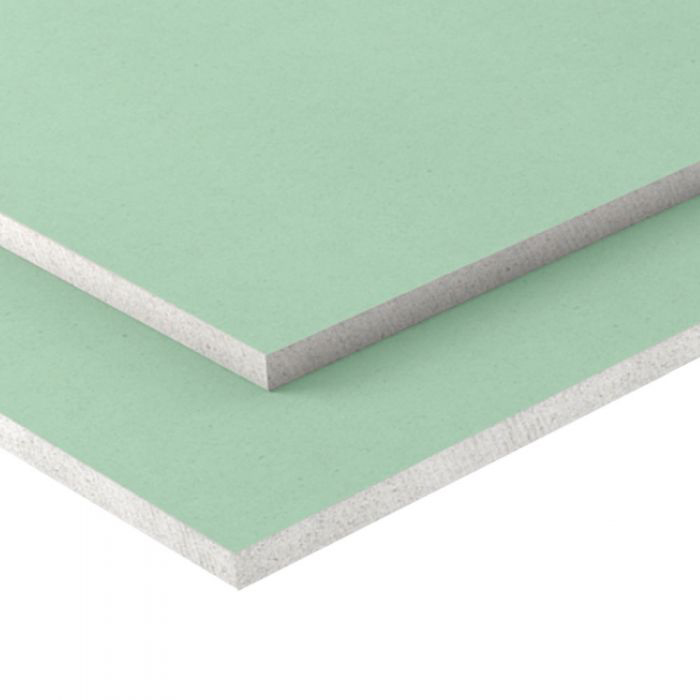SEWAGE TREATMENT PLANTS, ARE THEY A WASTE OF TIME?

Treatment plants - What are they and how do they work?
Unveiling the efficiency of sewage treatment plants: How they work, permission requests, sizing, operational costs, and more.
A wastewater treatment plant or sewage treatment works is a drainage unit designed to safely dispose of human waste and also household liquid from toilets, sinks, baths and showers.
The units work by capturing the sewage and actively treating using an aerobic biological process. As time elapses, the sewage is neutralised to a high level of cleanliness. Once this process is complete, the effluent is then sufficiently clean to be allowed to pass in to the surrounding watercourse.
Like a septic tank, after a period of time treatment plants will need emptying as a sludge of settled-out solids will form a the bottom of the unit. Emptying times can vary from 3 months to 5 years depending on the type of treatment plant chosen. It is always worth checking with the relevant manufacturer how often these intervals are before you buy. This way, you can factor in the associated costs. Typical costs range from £100 - £350. This will depend on the size of the unit and the amount of litres that needs removing.
Once removed, all waste is disposed off safely in accordance with current legislation.
Do I need permission to install a treatment plant?
It must be noted, approval will be needed by the local authorities’ environment agency. All tanks need to be registered with the environment agency as an environmental permit may be required. If the chosen product meets the EPP2 (Environment Permitting Program) criteria and is certified and CE marked EN12566-3, it should be eligible for an exemption. This then allows for neutral and clean liquids to then be passed in to the aforementioned watercourse.
What size of treatment plant do I need?
When choosing a suitable sewage treatment plant, the main thing to consider is the number of people that may be at a property (or properties for when using larger tanks) at any one point in time. This coupled with the number of toilets, sinks, baths and showers that will be in use at any particular time.
How much does it cost to run a sewage treatment plant?
Treatment plants will need an electrical supply. Costs are economical. For a guide based on the average UK cost of per kWh of £0.34 (at the time of publish), then a 6 population unit should be around £200 per year. Detailed below are guideline usage costs:
Population Blower (W) Daily kWH Annual kWh
Tricel Novo 6 person 68 1.63 596
Tricel Novo 8 person 86 2.06 753
Tricel Novo 10 person 86 2.06 753
Tricel Novo 12 person 100 2.40 876
Tricel Novo 18 person 215 5.16 1883
Tricel Novo 24 person 301 7.22 2637
Tricel Novo 30 person 430 10.32 3767
Tricel Novo 36 person 430 10.32 3767
As units are mechanical, they need servicing annually to keep them working as efficiently as possible. Costs for servicing start around the £120 mark but will differ depending on the size of the tank.
Noise and smells
Correctly installed sewage treatment plants do not omit any foul smells. With the evolution of technology, all the better quality treatment plants on the market should have a virtually silent operation.
Further assistance
If you require any further assistance or want to know more about the treatment plants available in the UK, of which there are many, then please don’t hesitate to get in touch. Our team is on hand 7 days a week to offer free, impartial advice.










